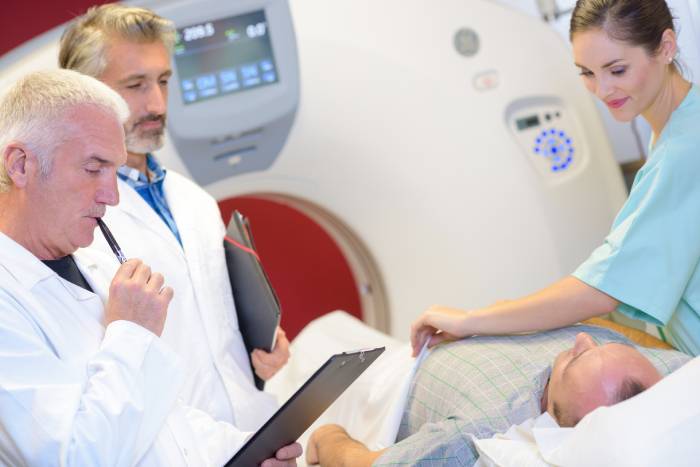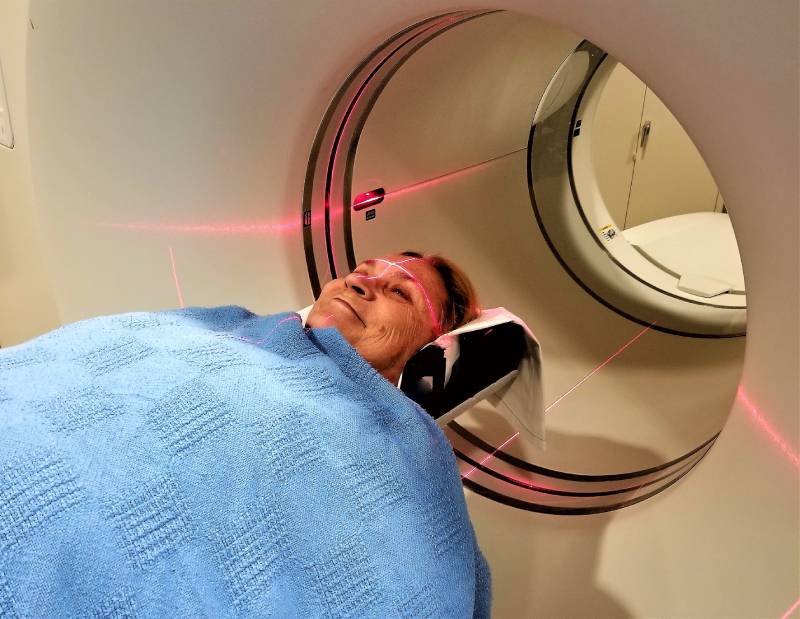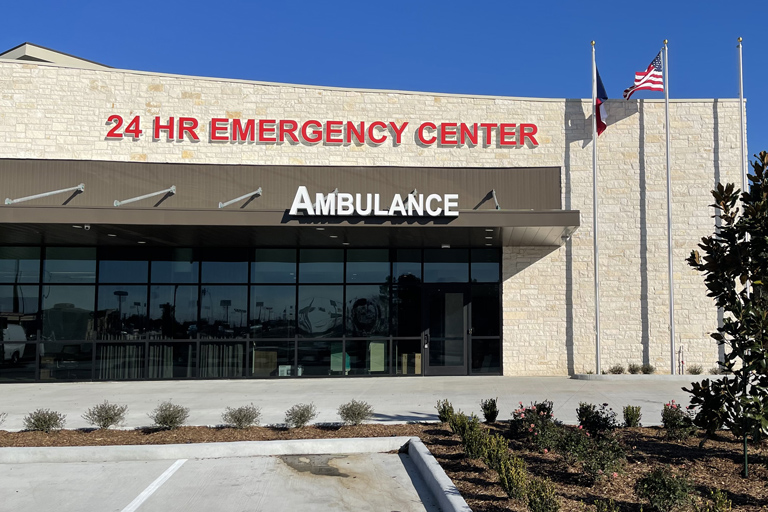Family First ER has invested in a complete line of future-forward diagnostic technology to help our physicians visualize bone and soft tissue damage.
Our capabilities include ultrasound (sonography), CT (CAT) scans, and digital X-rays. Imaging is a painless, non-invasive method of diagnosis that provides rapid results. Our radiology staff is highly experienced in emergency and trauma care. Your diagnostic images are immediately available to your healthcare team so your treatment isn’t delayed. Also, with high-quality images, our providers can locate and identify the damage for precision treatment.
Learn more about our emergency radiology services below.













